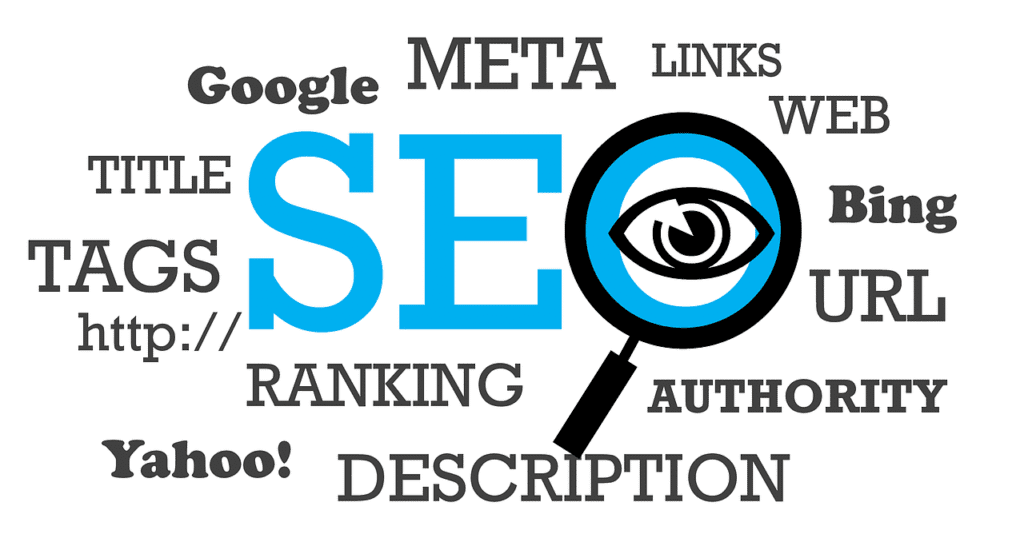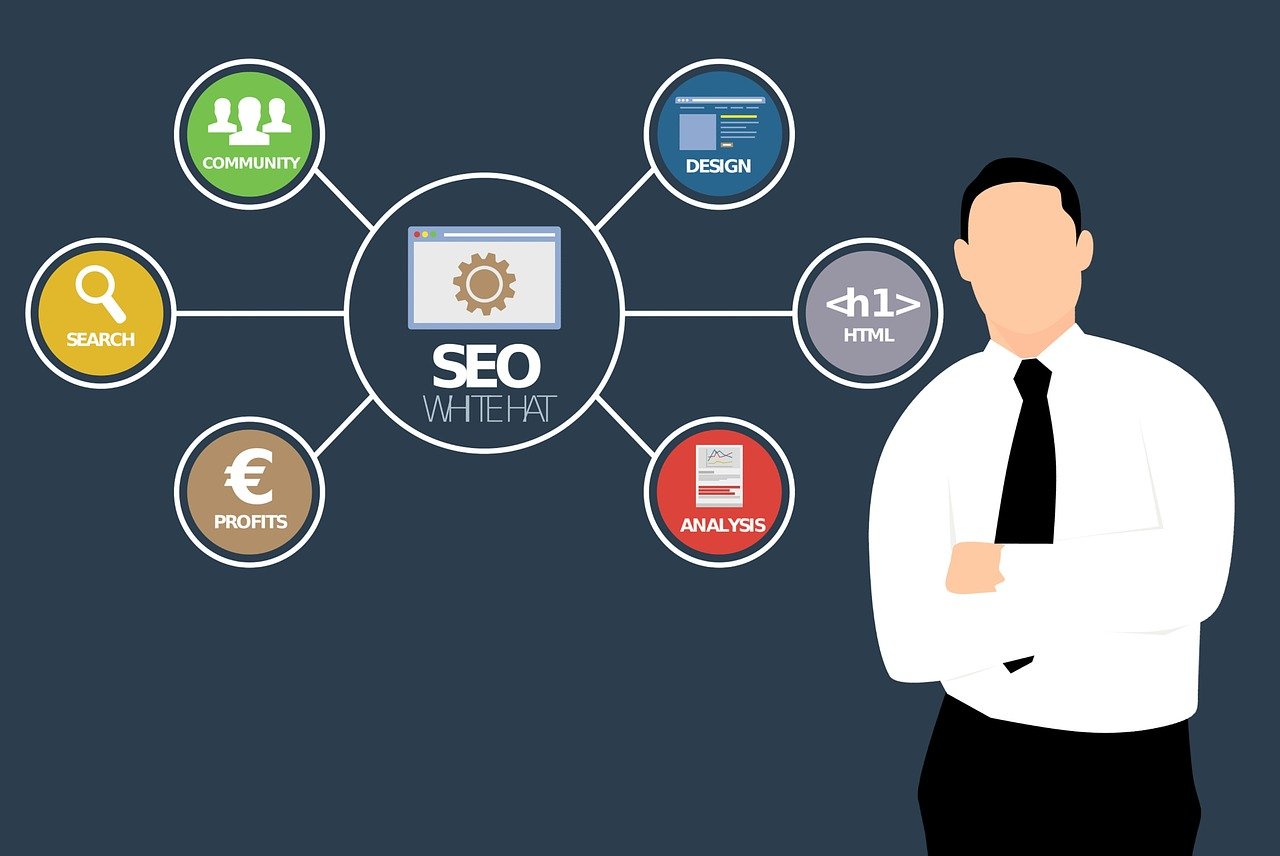Confused about Website vs Local SEO? While traditional SEO targets broad audiences with global keywords, Local SEO focuses on geographic-specific searches using different Google algorithms. Businesses with physical locations need Google Business Profile optimization and NAP consistency, though many benefit from implementing both approaches strategically.
Key Differences Between Website and Local SEO
Picking the right SEO strategy can determine your online visibility success. At Content Marketing Agent, we’ve noticed how the distinction between Website SEO and Local SEO often puzzles business owners trying to improve their digital presence.
Website SEO (also called traditional or global SEO) and Local SEO fulfill different purposes and target different audiences. Traditional SEO targets users regardless of their location, focusing on ranking for broad, high-volume keywords. Meanwhile, Local SEO concentrates on users in specific geographic areas, aiming to appear in local search results and the coveted ‘Map Pack.’
The main difference is in your target audience. If you run an e-commerce store selling products nationwide, Website SEO should be your priority. But if you’re a dentist, restaurant, or plumber serving customers in a specific city or neighborhood, Local SEO becomes critical to your success.
Google actually uses completely different algorithms when determining traditional versus local search results. When a user types a query with local intent (like ‘coffee shop’ or ‘plumber near me’), Google activates its local algorithm to deliver geographically relevant results, often displaying the Map Pack with three local businesses at the top of search results.
Traditional Website SEO: Going Global
1. Content quality and E-E-A-T principles
Website SEO depends heavily on creating high-quality, authoritative content that demonstrates Experience, Expertise, Authoritativeness, and Trustworthiness (E-E-A-T). This means developing comprehensive resources that answer user questions thoroughly and position your brand as an industry leader.
Unlike Local SEO, which often focuses on location-specific information, traditional SEO content needs to provide value to users regardless of where they’re located. This typically means creating in-depth guides, tutorials, case studies, and research-backed articles that address broad industry topics.
2. Technical optimization essentials
Technical SEO forms the foundation of any successful Website SEO strategy. This includes ensuring your site has a logical structure, fast loading speeds, mobile responsiveness, and clean code that search engines can easily crawl and index.
Other crucial technical elements include proper URL structure, XML sitemaps, robots.txt configuration, and structured data markup. These technical aspects help search engines understand and categorize your content correctly, improving your chances of ranking for relevant queries.
3. Backlink building for domain authority
Backlinks remain one of the most powerful ranking factors in traditional SEO. Unlike Local SEO, where citations and local relevance often take precedence, Website SEO depends heavily on earning high-quality backlinks from authoritative, relevant websites across the internet.
This process involves creating linkable assets, reaching out to industry publications, guest posting on reputable sites, and developing relationships with influencers and thought leaders in your space. The goal is to increase your overall domain authority through a diverse, natural backlink profile.
4. Broad keyword targeting strategies
Traditional SEO typically focuses on broader, higher-volume keywords with national or global relevance. Unlike Local SEO, which might target “plumber in Portland,” Website SEO targets terms like “how to fix a leaky faucet” or “best pipe repair techniques” that aren’t tied to specific locations.
This approach requires comprehensive keyword research to identify terms with high search volume and manageable competition. The goal is to create content that ranks for a wide range of related keywords, building topic authority rather than just location authority.
Local SEO: Dominating Neighborhood Searches
1. Google Business Profile optimization
At the heart of Local SEO is your Google Business Profile (formerly Google My Business). This free tool is essentially your business listing in Google’s ecosystem and serves as the primary data source for local search results.
Optimizing your Google Business Profile involves completing every section with accurate, detailed information. This includes:
- Choosing the right primary and secondary business categories
- Writing a compelling business description with local keywords
- Uploading high-quality photos of your business, team, and products
- Setting correct business hours including special holiday times
- Adding your complete service or product offerings
Unlike traditional SEO, where your website is the main focus, Local SEO puts significant emphasis on this off-site profile. A well-optimized Google Business Profile can dramatically improve your visibility in the Map Pack, even if your website isn’t as strong as competitors.
2. Location-specific keyword integration
While traditional SEO focuses on broad keywords, Local SEO targets location-specific terms. This means incorporating city names, neighborhoods, and “near me” variations into your content, meta tags, headings, and URLs.
For example, instead of simply targeting “personal injury lawyer,” a local attorney would focus on terms like “personal injury lawyer in Chicago” or “Chicago Loop accident attorney.” This geographic specificity helps businesses appear in searches with local intent.
The trick with local keyword integration is doing it naturally. Search engines penalize keyword stuffing, so terms should be incorporated organically within valuable content about your services in that location.
3. NAP consistency across platforms
NAP stands for Name, Address, and Phone number—the critical business information that must remain consistent across all online platforms. This consistency sends strong trust signals to search engines about your business’s legitimacy and location.
Local SEO puts heavy emphasis on ensuring your business information appears exactly the same way on your website, Google Business Profile, social media accounts, directory listings, and anywhere else your business is mentioned online. Even small discrepancies like “Street” vs. “St.” can potentially harm your local rankings.
This consistency requirement is unique to Local SEO and isn’t typically a concern for businesses focusing solely on traditional SEO strategies.

4. Local citations and reviews management
Local citations are mentions of your business on other websites, particularly in online directories like Yelp, Yellow Pages, Better Business Bureau, and industry-specific platforms. These citations reinforce your business’s relevance and legitimacy to search engines.
Similarly, online reviews play a crucial role in Local SEO that doesn’t exist in traditional SEO. Positive reviews on Google, Facebook, and industry-specific platforms not only influence consumer decisions but also serve as ranking signals for local search algorithms.
Managing these reviews—responding professionally to both positive and negative feedback—demonstrates engagement and reliability, further boosting your local search presence.
5. Creating location-specific landing pages
For businesses serving multiple locations, creating dedicated landing pages for each area is a critical Local SEO strategy. These pages should include location-specific content, embedded Google Maps, localized testimonials, and area-specific offers or information.
Unlike general service pages in traditional SEO, location pages need to provide unique, valuable information about your business in that specific area. Generic pages with just the city name changed won’t work—each page needs substantial unique content about how your business serves that particular location.
This strategy is particularly important for businesses with multiple physical locations or service-area businesses that cover several distinct regions.
How Google’s Algorithms Determine Search Intent
Google doesn’t just have one algorithm—it has multiple algorithms that work together to deliver the most relevant results based on search intent. Understanding how these algorithms differentiate between traditional and local searches is key to optimizing for either approach.
When a user performs a search, Google analyzes the query to determine if it has local intent. Searches including terms like “near me,” city names, or local services (restaurants, plumbers, dentists) typically trigger the local algorithm. However, Google is sophisticated enough to recognize local intent even without explicit location modifiers.
For example, if you search for “coffee shops” on your phone, Google understands you’re likely looking for nearby options rather than information about coffee shops in general. It uses your device’s location to deliver results in your immediate vicinity.
The local algorithm considers factors like proximity to the searcher, relevance to the query, and prominence (based on reviews, citations, etc.). The radius for local search results varies significantly based on:
- Competition density in the area (more competition = smaller radius)
- Population density (urban areas typically have smaller radii than rural areas)
- The specific industry or service category
- The searcher’s exact query and perceived intent
When to Use Each
SEO Approach
1. Website SEO-focused scenarios
Traditional Website SEO should be your primary focus if your business:
- Operates exclusively online without physical locations
- Sells products or services nationally or globally
- Offers digital products, SaaS solutions, or information-based services
- Generates revenue primarily through online channels like e-commerce or affiliate marketing
- Creates content aimed at educating or entertaining a global audience
For these businesses, ranking for broad, high-volume keywords and building domain authority through quality content and backlinks will generate more value than local optimization.
2. Local SEO-dominant businesses
Local SEO should be your primary focus if your business:
- Has one or more physical locations serving local customers
- Provides services within specific geographic areas (plumbers, electricians, etc.)
- Relies on local foot traffic or service calls within a defined radius
- Competes primarily with other local businesses rather than national brands
- Needs to appear in the Map Pack for location-based searches
These businesses should prioritize Google Business Profile optimization, local citations, review management, and location-specific content to maximize visibility in their service areas.
3. Implementing a hybrid strategy
Many businesses fall somewhere in the middle, benefiting from both approaches. A hybrid strategy makes sense if your business:
- Has physical locations but also sells products or services online to a wider audience
- Provides both local services and educational content for a broader audience
- Has multiple locations across different regions or countries
- Wants to build both local visibility and broader industry authority
A hybrid approach involves implementing local optimization for your physical locations while also developing a strong content strategy for broader keywords related to your industry.
Create a Unified SEO Strategy for Maximum Visibility
The most successful businesses don’t view Website SEO and Local SEO as completely separate strategies—they understand how these approaches complement each other and create unified campaigns that use the strengths of both.
Start by understanding your audience and how they search for businesses like yours. If you have a physical location but also want to reach customers beyond your immediate area, you’ll need elements of both strategies working in harmony.
Whether you focus on traditional SEO, Local SEO, or a strategic combination of both, the ultimate goal remains the same: connecting with your target audience when they’re actively searching for what you offer. By understanding the unique requirements of each approach, you can develop an optimization strategy that maximizes your visibility where it matters most.
Content Marketing Agent specializes in creating customized SEO strategies that blend traditional and local optimization techniques to help businesses achieve maximum visibility in their target markets.


